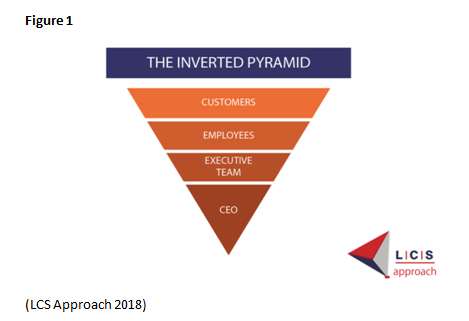Read Also
Navigating Compliance Challenges in ESG AML and Digital Onboarding
Chuan Lim Ang, Managing Director and SG Head of Compliance, CIMB
A Vision for the Future: Automation, Robotics, and the Smart Factory
Joe Tilli, State Industrial Automation Sales Manager, Lawrence & Hanson
The Rise of Hyper Automation
Erdenezaya Batnasan, Head of IT End-User Support Service Department, Khan Bank
Transforming Business Operations with Robotic Process Automation
Simon So, CMGR, MCMI, Regional Head of Digital Solutions, Richemont Asia Pacifi
Combining Automation with AI to Achieve Human-Like Interaction
Kain Chow, General Manager, Technology & Transformation, New World Development Company Limited
Implementing RPA - 5 Ultimate Prerequisite
Indra Hidayatullah, Data Management & Analytics Division Head, Pt. Bank Tabungan Negara
Incorporating the power of recognition into our vendors' sustainability journey
Cynthia Khoo, Head, Central Procurement Office, OCBC Bank (Malaysia) Berhad
Elevating Guest Experience with Data
Clive Edwards, Senior Vice President, Operations, Capella Hotel Group













 I was asked recently “when adopting Agile, what is the most difficult to change - people, process or technology?” Agile espouses the Servant Leadership model where the traditional is inverted and the leader serves his or her people. In my opinion, this is the most significant paradigm shift and one which management grapple with most. So to answer the question, it is possible to work with sub-optimal process and technology but without the right people components (leadership, advocacy, coaching and appropriate support) in place, the transition to Agile will undoubtedly suffer.
Agile adoption is on the rise and the benefits of an adaptable, stable and efficient model with high velocity can deliver significant value. However, organisations with tradition rich cultures, in particular, need to acknowledge that when embarking on major cultural shift, careful consideration is required from a senior leadership perspective. With 63% of existing company cultures at odds with agile values (Cappelli and Tavis, 2018), a heavy investment in culture and leadership is critical to maximize a successful long term adoption to Agile.
I was asked recently “when adopting Agile, what is the most difficult to change - people, process or technology?” Agile espouses the Servant Leadership model where the traditional is inverted and the leader serves his or her people. In my opinion, this is the most significant paradigm shift and one which management grapple with most. So to answer the question, it is possible to work with sub-optimal process and technology but without the right people components (leadership, advocacy, coaching and appropriate support) in place, the transition to Agile will undoubtedly suffer.
Agile adoption is on the rise and the benefits of an adaptable, stable and efficient model with high velocity can deliver significant value. However, organisations with tradition rich cultures, in particular, need to acknowledge that when embarking on major cultural shift, careful consideration is required from a senior leadership perspective. With 63% of existing company cultures at odds with agile values (Cappelli and Tavis, 2018), a heavy investment in culture and leadership is critical to maximize a successful long term adoption to Agile. 








